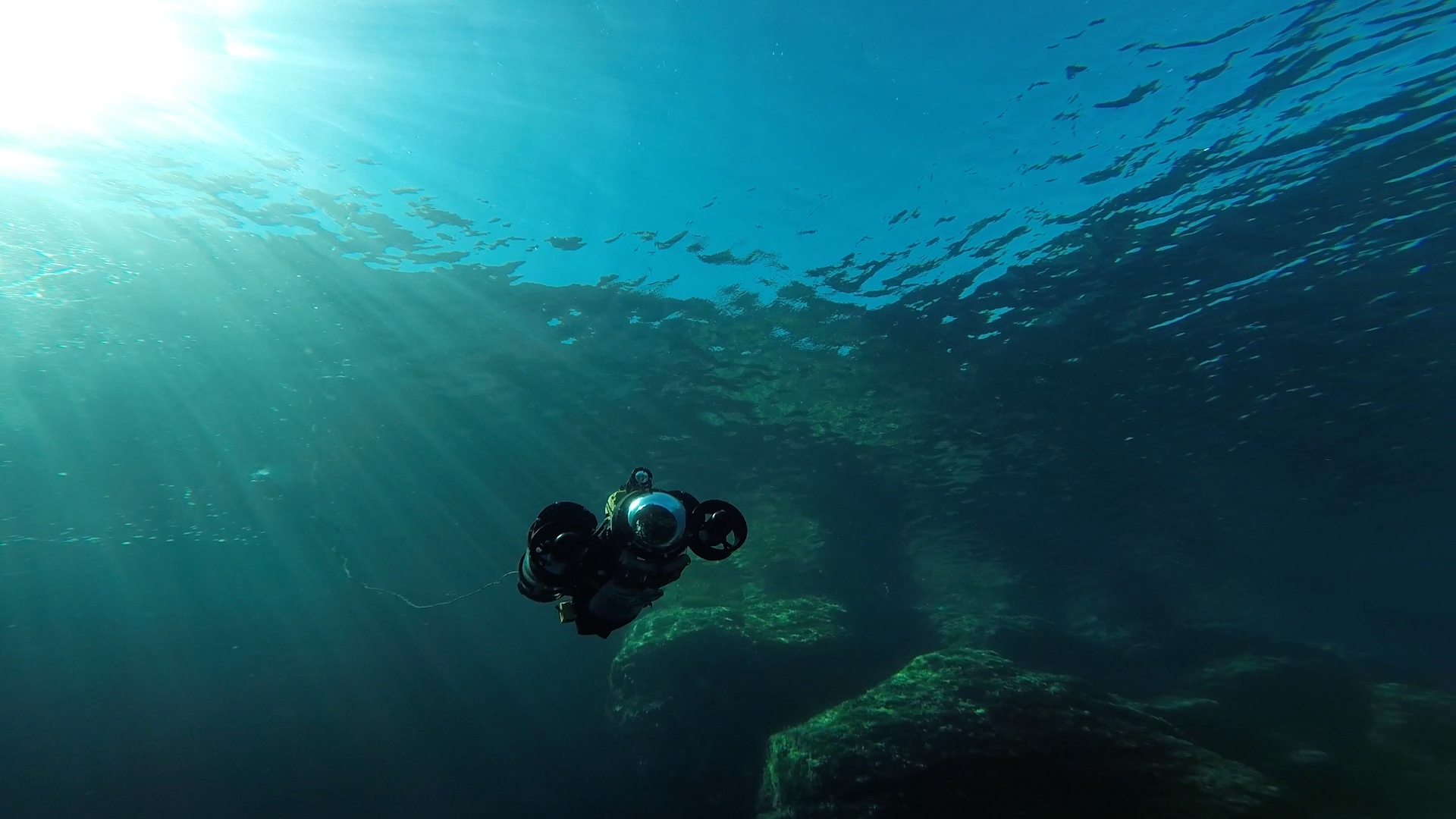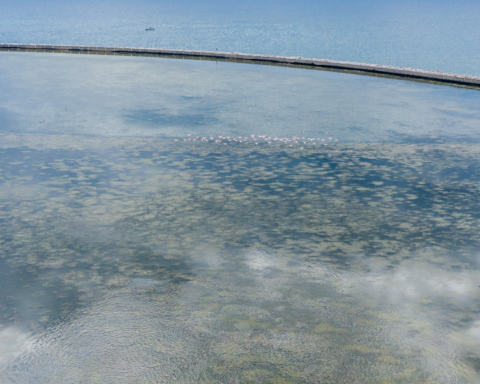Who said that concessions should be limited to surface areas, yards and quays? Ports also have an underwater world over which it has gradually built its terminals and planned out its future. A world still to be discovered and exploited for the most wide-ranging uses.
This is the starting point of the complex proposal that the President of the the Eastern Adriatic Port Network Authorty, Zeno D’Agostino, put foward during the telematic presentation of a first level University Master’s degree, based on an idea by Federmanager and developed within the ForMare Toscana initiative by Pisa University.
“Ports should be considered three-dimensionally. They have a spatial extension but also their own depth. Indeed, it is the underwater areas that we have to look at if we want to set new development objectives in the medium to long term,” said Mr. D’Agostino.
A quarter of a century has passed since Waterworld, the Hollywood colossal about the adventures of Kevin Costner as a mutant in search of the last bits of land in a world submerged by water, was first shown on screens around the world. The leading figure of the ports of Trieste and Monfalcone intends to go in the opposite direction: laying the foundations for a gradual, progressive colonization of marine areas.
No. This is not a question of building new Rose Islands off the Italian coast, but of trying to exploit areas that are currently not adequately used. It is no coincidence that Trieste Port Network Authority was one of the first, if not the first, to grant an underwater concession at a depth of less than 13 metres outside the Old Port breakwater.
For two years now, Saipem has had its operational headquarters in Trieste for developing and testing underwater robots designed to move at depths of up to 4,000 metres to service underwater pipelines and cables. The area is therefore a training ground for testing these drones, which spend a number of days underwater before being put on the market.
The fact that this project is so original, led Mr. D’Agostino to develop, together with his collaborators, a series of thoughts on the matter. “There are two types of innovation. One that applies to the existing model and has to do with the spatial and two-dimensional extension of ports, as logistical nodes for the transit of goods and people. And then there is a more radical innovation, which considers ports of call as places on the sea, “strips of land” in a world submerged by water.”
Real innovation, in short, means revolutionizing the benchmark model: “We plan and fill our ports with emptiness. We should think about the fact that the sea is an environment to be colonized. From this point of view, Port Network Authorities can play a strategic role and encourage the establishment of “underwater terminal operators” capable of developing activities linked to the blue economy, environmental sustainability and energy”.
There are therefore many sides to innovation. “Just go to Google and type in ‘underwater cables’ to discover a surprising global map. Talking to a Chinese counterpart on a computer is made possible by underwater links that run along the same trade routes as the big carriers. Ports could, for example, use their own underwater areas, those underneath the quays, to create data collection and storage centres.
Mr. D’Agostino invites us to look at ports as multi-layered places. Like our skin, which has its own epidermis, ports have a densely vascularized and innervated connective tissue underneath the quays that we would be foolish not to exploit.
“We must take advantage of the shocks that we are experiencing, and that we are likely to experience increasingly in the near future, to change our frames of reference, to revolutionize our way of seeing and thinking about what is possible. If we continue to read historical developments through the same lens as in the past, we will get nowhere.”
Translation by Giles Foster




